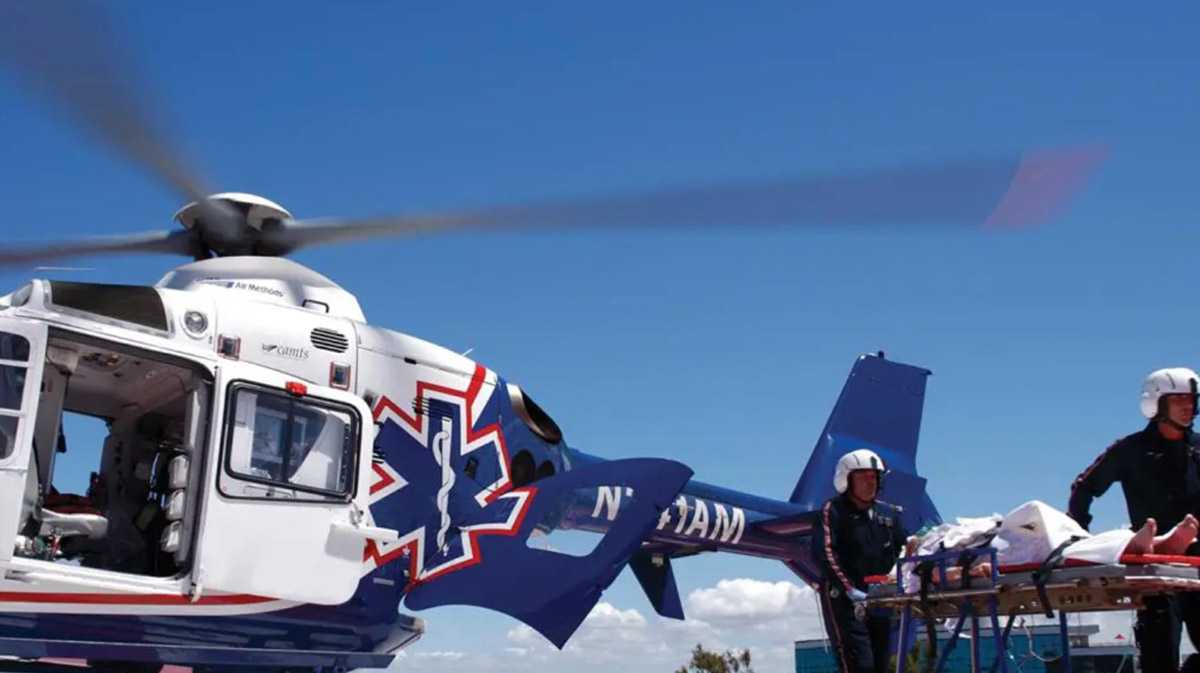
Flying with Purpose: Why Medical Transport Jobs Appeal to Service-Driven Pilots
Few aviation roles are as impactful or as demanding as those in Helicopter Emergency Medical Services (HEMS). HEMS represent one of the most purpose-driven paths in aviation, attracting individuals who thrive under pressure and seek meaningful impact. Medical transport jobs offer pilots the opportunity to be an essential link in lifesaving operations, combining technical skills with compassion, urgency, and resilience.
The Unique Demands of HEMS Pilots
Medical transport jobs are unlike any other in the aviation world. Pilots fly in diverse conditions, navigating both urban and remote landscapes to deliver patients to critical care. These missions demand precise flight execution and unwavering focus. Every takeoff and landing happens in variable environments, from hospital pads to rural roadsides, requiring constant situational awareness and split-second decision-making.
Pilots must also work closely with onboard medical crews. Coordination and communication are key, not just for the success of each mission but also for patient safety. Understanding the priorities of emergency medical personnel helps helicopter pilots become more effective teammates in high-stakes scenarios.
Why Service-Driven Pilots Thrive
It takes a special kind of pilot to succeed in HEMS. Beyond stick-and-rudder skills, these professionals are marked by mental toughness, quick thinking, and a deep commitment to others. Service-driven pilots often find this field especially rewarding because their work has a tangible, immediate impact. Transporting a NICU infant to a trauma center, airlifting a car crash victim from a remote area; these missions save lives.
The fast-paced environment also ensures that no two days are ever the same. For those who crave challenge and variety, medical transport jobs deliver. Each mission demands adaptability, strong judgment, and emotional fortitude—all qualities that LEFA prioritizes in its training programs.
Building the Skills to Serve
LEFA understands the technical and human challenges that come with this field. That’s why our helicopter training programs go beyond standard certifications. Students receive training in off-airport landings, emergency procedures, night operations, and complex decision-making skills that directly translate to real-world HEMS missions.
Just as important is our emphasis on safety and risk assessment. Students are taught how to use our Flight Risk Assessment Tool (FRAT) before every flight, cultivating habits that mirror the decision-making protocols used in professional EMS operations. We also foster a culture of communication and teamwork, ensuring that pilots are comfortable working collaboratively, just like they will need to do in the field.
Preparing for Medical Transport Jobs
Graduates interested in pursuing medical transport careers can expect to follow a structured path that starts with building hours as a Certified Flight Instructor (CFI) and progressing into roles with operators that specialize in EMS. These roles typically require around 2,000 hours of flight experience, as well as a strong background in night and instrument flying.
LEFA’s accelerated training and professional pathways help students reach these benchmarks efficiently. Our instructors, many of whom have experience in the EMS sector, mentor students on both the tactical and soft skills needed to succeed. For those who are drawn to aviation by a sense of purpose, medical transport careers turn the skill of flying into one of service.


